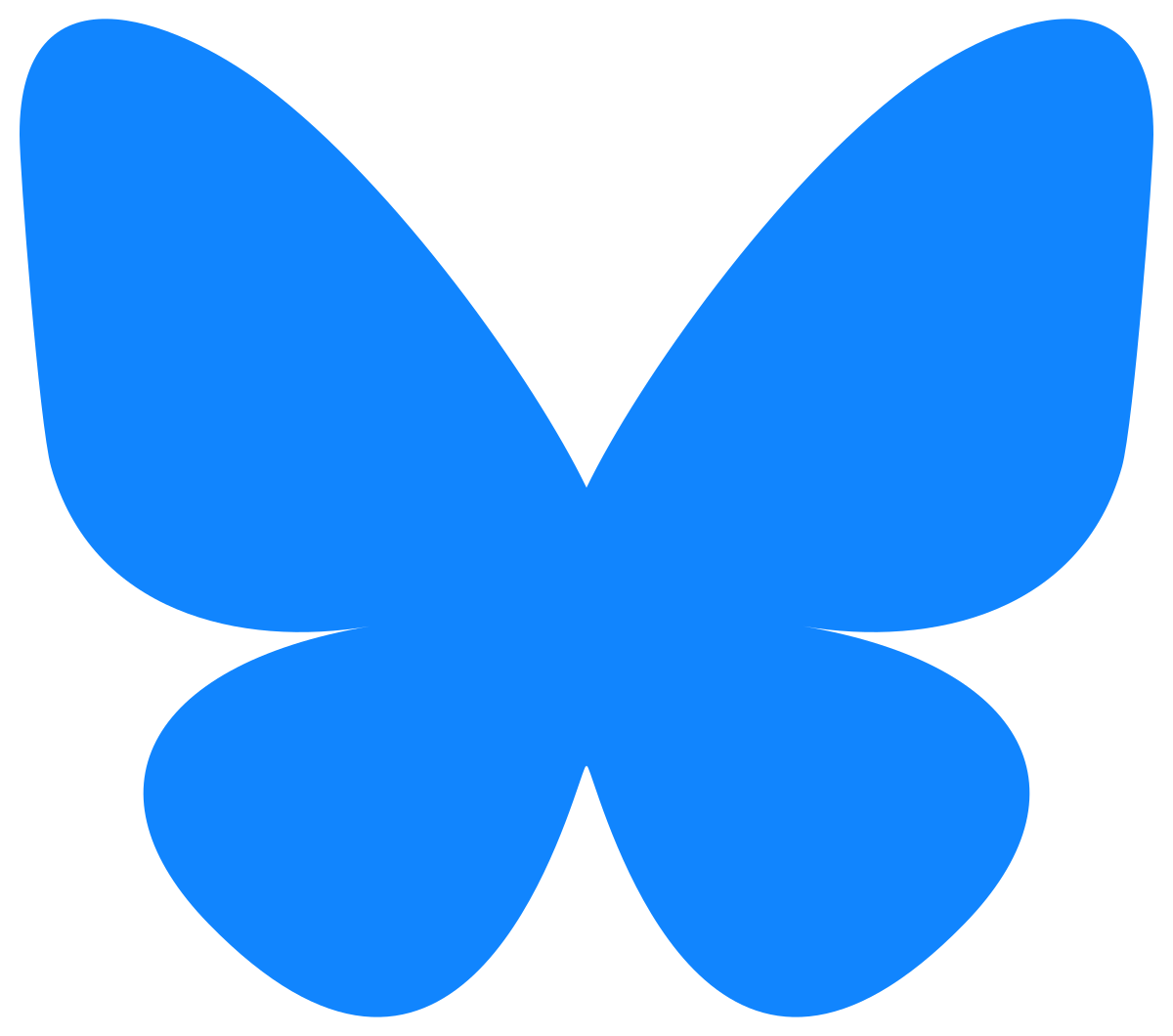
Section 8:
Applying the recommendations in this guide -
what does it really look like
on the ground?
This section of my web
site is no longer updated. The last update was in early
2023.
This page is part of a 11-part guide on preventing folklore,
rumors (or rumours), urban myths and organized misinformation
campaigns from interfering with development & aid/relief
efforts, and government initiatives regarding public health, the
environment, etc.
It is not a stand-alone page. It
should be read as part of the entire guide.
This is the link to the introduction
and index for the other pages in this guide.
What does all this look like in practice?
The previous sections provide a great deal of information about
how to prevent and address misinformation from interfering with
aid, relief and development efforts, including public health
initiatives. This section of the guide provides examples of what
applying these suggestions really looks like on-the-ground.
In India, in the southern state of Telangana, videos were
circulated among villagers that had been staged or edited in a
particular way and claimed to show children being abducted by a
criminal gang were circulated in more than 400 villages in the
southern Indian state of Telangana via WhatsApp and an Indian
messaging service called ShareChat. These videos claimed that the
children were being abducted in order to harvest their organs. The
claims in these videos were completely false. But because so
many people believed what they saw in these videos, people stopped
going out of night, several completely innocent people were
attacked by mobs who accused them of being organ thieves, and at
least 25 people were murdered - lynched - falsely accused of being
a part of the gang.
In the southern Indian state of Telangana, barely half of the
people can read or write. But every home has at least one
smartphone, usually a second-hand Chinese one. Cheap data means
that people with little access to education have the fullest
access to technology. Media literacy is low. Villagers are glued
to material circulating on WhatsApp and ShareChat for news, viral
videos and social conversations. Every village has more than two
dozen WhatsApp groups, carved along community, caste, kinship and
social interest lines. They are among 200 million Indians who send
more than 13 billion messages every day, making India the biggest
market for WhatsApp.
A local chief of police, Ms. Rema Rajeshwari, took action. A
constable was assigned to each village, going door-to-door showing
people the fake videos and messages, explaining that they were
fake and asking people not to share them nor believe them. Night
patrolling was intensified. The phone numbers of the village
constable and the police chief were distributed to villagers, and
inscribed on walls. Village policemen worked continuously with
elders and council leaders to raise awareness. The constables
joined village Whatsapp groups to keep watch. The village drummer
- a modern-day town crier who performs at weddings, funerals and
makes public pronouncements - was mobilised to go around and
counter misinformation. Policemen formed cultural groups and
travelled to villages, singing songs and performing skits that
they had composed about the dangers of fake news.
Here's the BBC story that tells more (note
the links at the bottom to more stories).
In Harris County, Texas, as of February 2020, there were NO
cases of the coronavirus -- officially Novel coronavirus
(2019-nCoV),[28][29] and unofficially as Wuhan coronavirus -- yet
local Asian businesses there experienced severe drops in
customers, and public health officials there are so worried about
potential harm to people they created
a
web site specifically to address local fears and myths. Dr.
Rose Marie Leslie, a resident at the University of Minnesota, has
also taken to TikTok, where she has more than 473,000 followers,
to debunk myths. The World Health Organization (WHO) also has
responded with
a myth-busting page.
Minnesota Public Radio (MPR) in the USA has launched an ongoing
initiative,
Can You Believe It?, to regularly look at
the channels in which disinformation reaches consumers,
particularly through social media and particularly regarding
elections, and offer methods to combat its spread. They are also
encouraging listeners and their web site readers to tell them what
they are seeing and hearing regarding news stories and campaign
information running up to the 2020 election.
In March 2020, a report said that that
50% of what Ghanaians know about the coronavirus
is misinformation. Amid the COVID-19 outbreak and the
proliferation of misinformation,
a network of online volunteers emerged in Ghana
to translate health messages into local languages so residents
can access accurate information. Elisabeth Efua lead
efforts, collaborating with Farmerline, a company based in Ghana
that uses technology to support farmers and was also looking to
translate health messages. Elisabeth, an artist and performer,
used information from the World Health Organization (WHO) to write
scripts about hand washing, COVID-19 symptoms, and common terms
associated with the virus such as social distancing and flattening
the curve. She put out a call on social media and dozens of people
responded, wanting to help translate. Within 48 hours, she’d
received translations in 15 languages including Twi, Ga, Ewe, and
Hausa. The health messages are recorded as voice notes on
WhatsApp, which volunteers have been disseminating and asking
recipients to forward to others who speak the language, akin to
chain mail.
In June 2017, an image was posted to a very popular Facebook
group that targeted an Oregon small town in particular. The image
claimed to be by a woman who had been to a local grocery store in
the town and who, while in the parking lot, was accosted by
strangers who wanted to buy her baby. But in this case, the online
community immediately rallied to debunk the rumor. I posted this
case study because I was a part of
the online community where this attempt at a misinformation
campaign was started, and because I believe it offers a good
example of the kind of trust-building before such a situation
occurs, and the kind of quick response, that's needed to handle
these social media rumors.
The role corporations and businesses can play in
fighting misinformation cannot be over-stated. In this article
from in the Journal of Business and
Technical Communication, "Frozen Meat Against COVID-19 Misinformation:
An Analysis of Steak-Umm and Positive Expectancy Violations,"
the paper's authors note, "Instead of finding new ways to
promote its products, the company shifted its focus to the
public’s urgent needs, breaking down possible approaches to
navigating information flow during the pandemic. This resulted
in overwhelming praise on social and news media, including
almost 60,000 new Twitter followers within a week. Drawing on
expectancy violation theory, this case study examines
Steak-umm’s strategy, the content of social media responses, and
why the approach was successful."
And, as noted earlier, great example of many of these
principles being put into practice is in Nigeria, where religious
leaders are using the teachings of Islam and local community
volunteers are being leveraged in Nigeria to educate communities
regarding the value of educating girls, breastfeeding, routine
immunization (vaccines) and other public health and development
issues - this is chronicled in
Innovation
in Action: Fighting Polio in Nigeria from the UN Foundation.
Here's a similar story about this model from UNICEF in Nigeria, in
this BBC story.
Quick Links
 my home
page
my home
page
 my
consulting services & my workshops
& presentations
my
consulting services & my workshops
& presentations
 my
credentials & expertise
my
credentials & expertise
 Affirmation that this web site is
created & managed by a human.
Affirmation that this web site is
created & managed by a human.
 My book: The
Last Virtual
Volunteering Guidebook
My book: The
Last Virtual
Volunteering Guidebook
 contact me
or see my
schedule
contact me
or see my
schedule
 Free Resources: Community Outreach, With & Without Tech
Free Resources: Community Outreach, With & Without Tech
 Free Resources: On
Community Engagement, Volunteering & Volunteerism
Free Resources: On
Community Engagement, Volunteering & Volunteerism
 Free Resources: Technology
Tips for Non-Techies
Free Resources: Technology
Tips for Non-Techies
 Free Resources:
Nonprofit, NGO & other mission-based management resources
Free Resources:
Nonprofit, NGO & other mission-based management resources
 Free Resources: Web
Development, Maintenance, Marketing for non-Web designers
Free Resources: Web
Development, Maintenance, Marketing for non-Web designers
 Free Resources: Corporate
philanthropy / social responsibility programs
Free Resources: Corporate
philanthropy / social responsibility programs
 Free Resources: For people
& groups that want to volunteer
Free Resources: For people
& groups that want to volunteer
 linking to
or from my web site
linking to
or from my web site
 The
Coyote Helps Foundation
The
Coyote Helps Foundation
 me on
social media (follow me, like me, put me in a circle,
subscribe to my newsletter)
me on
social media (follow me, like me, put me in a circle,
subscribe to my newsletter)
 how to
support my work
how to
support my work
To know when I have developed a new
resource related to the above subjects, found a great
resource by someone else, published
a
new blog,
uploaded a new
video,
or to when & where I'm training or presenting, use any
of the following social media apps to follow me on any of
these social media platforms:






Disclaimer: No guarantee of accuracy or suitability is made by
the poster/distributor of the materials on this web site.
This material is provided as is, with no expressed or implied
warranty or liability.
See my web site's privacy
policy.
Permission is granted to copy, present and/or distribute a limited
amount of material from my web site without charge if
the information is kept intact and without alteration, and is
credited to:

Otherwise, please contact me
for permission to reprint, present or distribute these materials
(for instance, in a class or book or online event for which you
intend to charge).
The art work and material on
this site was created and is copyrighted 1996-2025
by Jayne Cravens, all rights reserved
(unless noted otherwise, or the art comes from a link to
another web site).



 my home
page
my home
page my
consulting services & my workshops
& presentations
my
consulting services & my workshops
& presentations my
credentials & expertise
my
credentials & expertise Affirmation that this web site is
created & managed by a human.
Affirmation that this web site is
created & managed by a human. My book: The
Last Virtual
Volunteering Guidebook
My book: The
Last Virtual
Volunteering Guidebook contact me
or see my
schedule
contact me
or see my
schedule Free Resources: Community Outreach, With & Without Tech
Free Resources: Community Outreach, With & Without Tech Free Resources: On
Community Engagement, Volunteering & Volunteerism
Free Resources: On
Community Engagement, Volunteering & Volunteerism Free Resources: Technology
Tips for Non-Techies
Free Resources: Technology
Tips for Non-Techies Free Resources:
Nonprofit, NGO & other mission-based management resources
Free Resources:
Nonprofit, NGO & other mission-based management resources Free Resources: Web
Development, Maintenance, Marketing for non-Web designers
Free Resources: Web
Development, Maintenance, Marketing for non-Web designers Free Resources: Corporate
philanthropy / social responsibility programs
Free Resources: Corporate
philanthropy / social responsibility programs Free Resources: For people
& groups that want to volunteer
Free Resources: For people
& groups that want to volunteer linking to
or from my web site
linking to
or from my web site The
Coyote Helps Foundation
The
Coyote Helps Foundation me on
social media (follow me, like me, put me in a circle,
subscribe to my newsletter)
me on
social media (follow me, like me, put me in a circle,
subscribe to my newsletter)